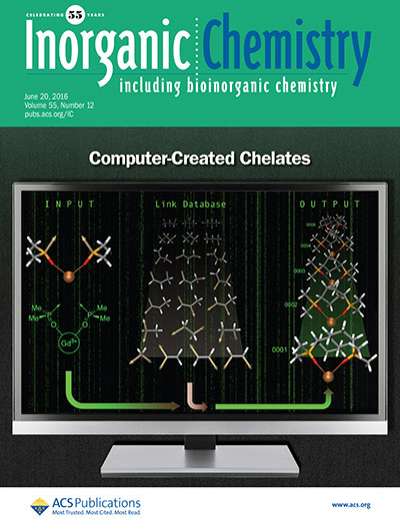Researchers tap the power of supercomputing to find rare-earth refining alternatives

A research project led by the Critical Materials Institute, a U.S. Department of Energy Innovation Hub, has identified agents for the separation of rare-earth metals that are potentially much less costly and better-performing than those currently used.
Rare-earth metals are in increasingly high demand for their use in consumer electronics and clean energy technologies. While these materials are not actually rare, they are difficult and costly to refine, usually through solvent-extraction processes that rely on ligands—molecules that act to bind with and separate the metals.
Through the use of computer–aided molecular design, a collaboration of researchers from the Supramolecular Design Institute, Oak Ridge National Laboratory, Ames Laboratory, and Idaho National Laboratory identified several new low-cost, highly effective ligands.
"Development of each ligand by industry can take up to five years and cost millions of dollars," said Vyacheslav Bryantsev, a CMI researcher in Oak Ridge National Laboratory's Chemical Sciences Division. "Guiding the design computationally prior to experimental testing allows us to really narrow down and focus only on the very promising ligands, ones that are very strong and very selective."
The researchers used a program called Host Designer, a molecule-building software program that is capable of very quickly exploring millions of possibilities by broadly categorizing them according to their molecular architecture.
"Think of a box of Tinkertoys," said Benjamin Hay, the creator of Host Designer and CEO of Supramolecular Design Institute. "If we were asked to build every possible structure out of those pieces, it would take a long time, maybe years. But our computer code has a database of molecular links that are like the chunks of those Tinkertoys, and can build those 3D structures in every conceivable way possible. It can produce a million structures a minute, and find the ones with the shapes and properties we're looking for."
Once millions of potential molecules were reduced to a more manageable number of about 3,000, said Bryantsev, successively more complex computational analyses were used to narrow the number of potential ligands to a handful.
Some of those have been created at Oak Ridge National Laboratory, and they will be tested experimentally in realistic processing conditions by a team at Idaho National Laboratory.
The research used resources of the National Energy Research Scientific Computing Center, a DOE Office of Science User Facility at Lawrence Berkeley National Laboratory.
The science is further discussed in a paper, "Computer-Aided Molecular Design of Bis-phosphine Oxide Lanthanide Extractants," co-authored by B.W. McCann, N. De Silva, T.L. Windus, M.S. Gordon, B.A. Moyer, V.S. Bryantsev, and B.P. Hay. The discovery and the computer programs developed to make it have been chosen as the cover story of the June 20 issue of the scientific journal Inorganic Chemistry, published by the American Chemical Society. The article was originally published online in February.
More information: Billy W. McCann et al. Computer-Aided Molecular Design of Bis-phosphine Oxide Lanthanide Extractants, Inorganic Chemistry (2016). DOI: 10.1021/acs.inorgchem.5b02995
Journal information: Inorganic Chemistry
Provided by Ames Laboratory



















